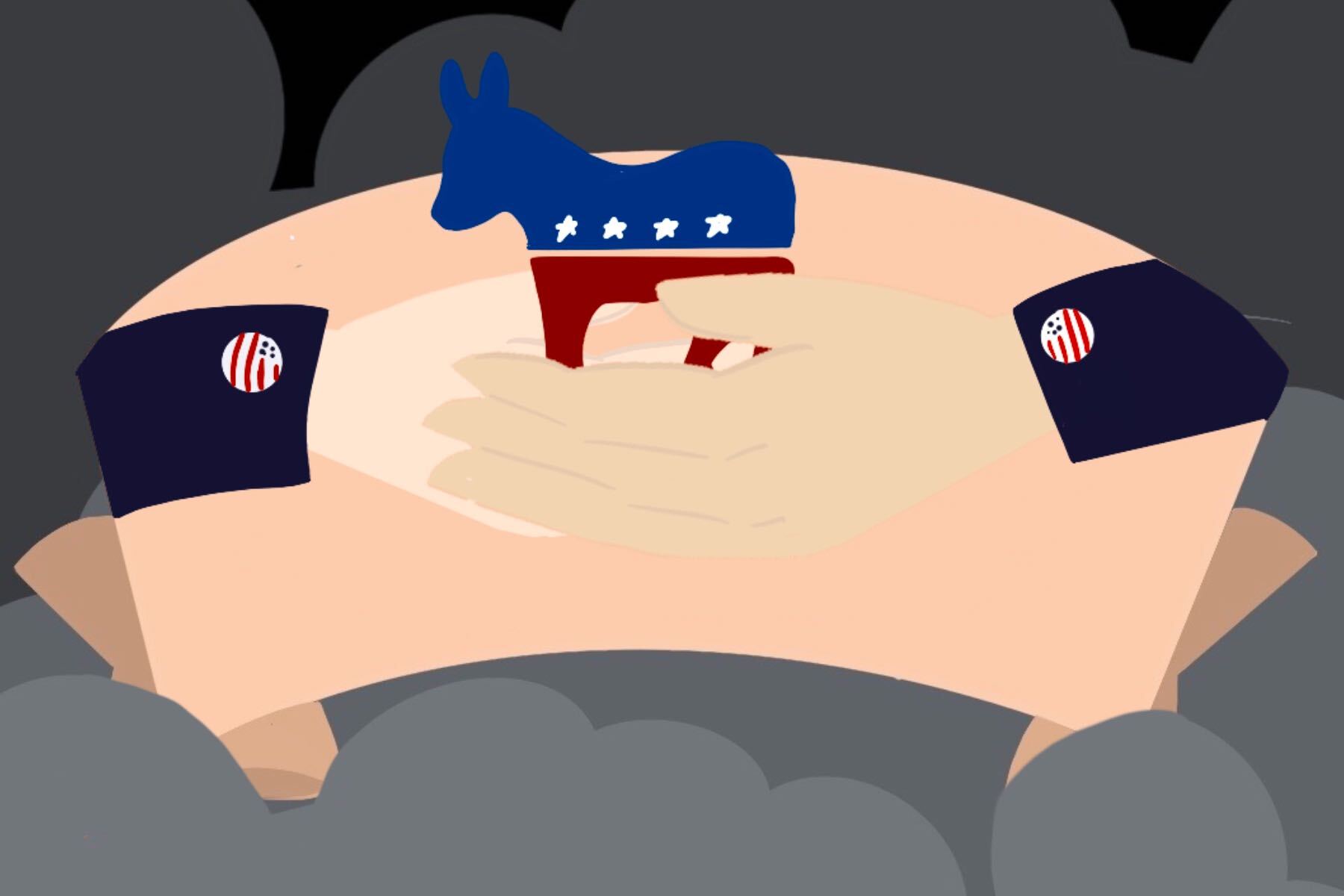Though it feels like forever, just five months ago Senator Bernie Sanders won a landslide victory in the Nevada caucuses. In doing so, Sanders became the first non-incumbent candidate, Democrat or Republican, to ever win the popular vote in the first three primary elections. He also solidified his status as frontrunner in the race for the Democratic presidential nomination.
But, as we now know, Sanders’ reign was relatively short-lived. Just a week after his big win, Joe Biden trounced the field in the South Carolina primary, capturing nearly 50% of the vote. Sanders came in a distant second with just under 20%.
Following South Carolina, a wave of establishment candidates dropped out and endorsed Biden, giving the former vice president unprecedented momentum. The writing was already on the wall by the time voters went to the polls on Super Tuesday. Biden won 10 of 14 contests, going on to capture the Democratic nomination in resounding fashion.
As Sanders and Biden battled for political supremacy, the differences between the two were made crystal clear. Sanders, representing the progressive wing of the party, championed political revolution. To the extent that he had one, Biden’s vision was far more conservative. Where Bernie advocated overhauling a broken system, “Uncle Joe” proposed modest tweaks.
This difference was reflected in voter demographics. Older folks leaned heavily toward Biden, whereas young people overwhelmingly supported Sanders. Quoting 538, “From the Iowa caucuses through the March 17 primaries, Biden won just just 22 percent of the vote among those younger than 45 year old, according to the exit polls, compared to 51 percent among those 45 and older.”
Some have suggested that this presents a problem for the Biden campaign. After all, they need young people’s votes to win in November. But Biden has repeatedly shown an inability to excite this important group of voters.
Perhaps that is set to change, though. Back in May, the Biden campaign ordered the creation of several “unity task forces.” Supporters of both Biden and Sanders were brought together to craft a policy platform intended to unify a fractured party. Progressives, who skew young, saw this as an opportunity to pull the Biden campaign leftward.
On the issue of higher education, the platform includes making public college tuition-free for families making below $125,000 a year. A step in the right direction, but well short of Sanders’ College for All proposal, which is favored by 75% of 18- to 29-year-olds. A university education represents an increasingly debilitating expense, and the recommendation of the unity platform does not provide the blanket relief the vast majority of students are desperate for.
The platform’s position on student debt also leaves something to be desired. Sanders and the progressives advocate canceling every last penny of the more than $1.7 trillion of existing student loan debt — a measure supported by 72% of individuals aged 18 to 34. The unity platform, on the other hand, only recommends up to $10,000 of relief per borrower as a temporary response to the COVID-19 pandemic, which is less than a third of the average level of student loan debt.
Moving on to health care, we see yet another notable policy omission. Unsurprisingly, Biden is in favor of protecting the health care plan of the president under whom he served. This is good news for young people, as it means they can stay on their parents’ health care plan until they are 26. But what about after that? Or, worse yet, what if one’s parents do not have insurance?
Here, the unity platform does little to assuage fears as it omits the policy for which Sanders is best-known: Medicare for All (supported by 88% of Democrats, 46% of Republicans and 75% of all Americans aged 18 to 34). Under Medicare for All, every American would be covered under a government plan that is free at the point of service. This is especially good for young people, as they are far more likely to be uninsured than their elders. Unfortunately, the unity platform’s public option would still leave millions uninsured — an outsized proportion of whom would be young.
Lastly, let us briefly touch on what is perhaps the defining issue of our time: climate change. Seventy percent of Americans aged 18 to 29 consider global warming a crisis. From Greta Thunberg to the Sunrise Movement, young people have been leading the fight against ecological breakdown.
The progressive position on climate action can be summed up in just four words: the Green New Deal. This transformative proposal would mobilize the entire United States economy toward renewable energy, achieving carbon neutrality by 2030. It is supported by 77% of the Generation Z/millennial cohort and 93% of self-identified progressives.
But despite Representative Alexandria Ocasio-Cortez co-chairing the climate change task force, the unity platform does not even mention the Green New Deal. Rather, it includes important but insufficient half-measures such as recommitting to the Paris Agreement and expanding charging stations for electric vehicles. Alas, climate change continues to be a can kicked ever further down the road and the younger generation will be the ones to bear the cost.
So, what should young people make of all of this? In truth, it is tough to say. The unity platform does have some promising aspects. And, to their credit, it shows that the Biden campaign is at least making some effort to reach out to young and progressive voters. In light of previous dismissals from Biden, this is a much-needed change.
That said, Biden’s conservative legislative record overshadows his newfound penchant for pseudo-progressive rhetoric. There is no guarantee that he will prioritize the platform’s recommendations should he become president. In fact, it is not even clear he takes them seriously now.
Thus, progressives and young people whose interests are at stake must stay vigilant and continue to hold Biden’s feet to the fire.

















